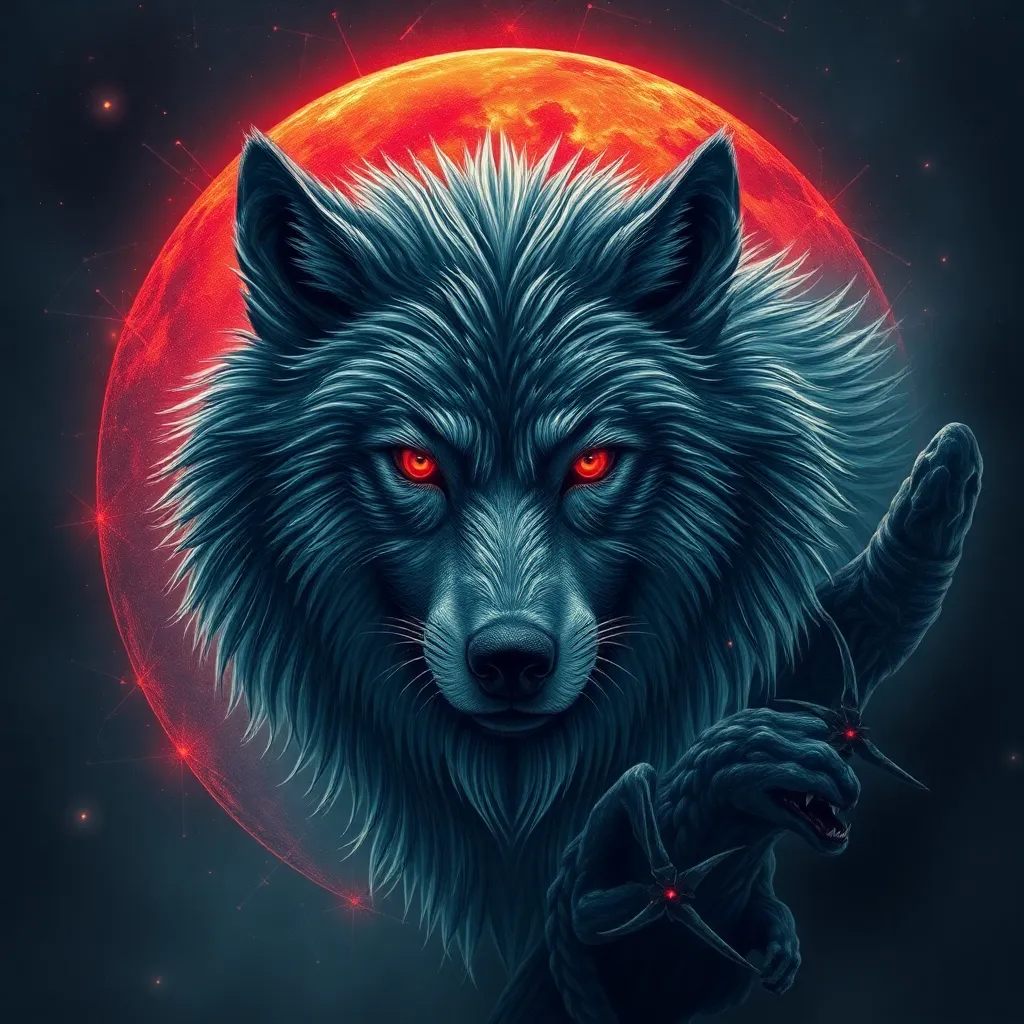The Strigoi and the Shadows of History: Connecting the Myth to Real Events
I. Introduction
The Strigoi is a fascinating figure in Eastern European folklore, often associated with vampiric traits and supernatural powers. These beings are believed to be the restless souls of the dead, returning to the world of the living to haunt the living or to seek revenge. This article aims to explore the origins of the Strigoi myth, its cultural significance in Romania, and its connections to real historical events.
By delving into the rich tapestry of mythology, we can gain a deeper understanding of how these stories reflect human fears, societal norms, and historical realities. The Strigoi serves as a potent symbol that has endured through centuries, revealing the ways in which folklore intertwines with history.
II. The Origins of the Strigoi Myth
The Strigoi myth finds its roots in Eastern European folklore, particularly in Romania. The historical context of this myth can be traced back to a time when superstitions were prevalent, and the unknown was often explained through tales of the supernatural.
Strigoi are characterized by several distinctive traits:
- They are often depicted as the undead, rising from their graves at night.
- Strigoi possess the ability to transform into animals, particularly wolves and bats.
- They are said to drain the life force or blood of their victims, akin to modern vampire legends.
This myth shares similarities with vampire legends from around the world, such as the “Chupacabra” in Latin America and the “Jiangshi” in China, showcasing a universal fascination with the undead across cultures.
III. The Strigoi in Romanian Culture
In Romanian culture, the Strigoi holds a significant place in local traditions and beliefs. These entities are not merely mythical; they are woven into the fabric of daily life, influencing customs and practices.
The Strigoi symbolizes fear and superstition. People historically believed that the Strigoi could cause illness, misfortune, or even death if not properly appeased. Therefore, various rituals and protective measures were developed, such as:
- Using garlic to ward off evil spirits.
- Performing exorcisms or rituals to cleanse the home.
- Covering mirrors and windows to prevent the Strigoi from entering.
The influence of the Strigoi extends to Romanian literature and arts, inspiring countless stories, poems, and artworks that explore themes of death, fear, and the supernatural.
IV. Real Historical Events Linked to Strigoi Legends
Throughout history, numerous notable cases of alleged vampire sightings have been reported in Romania. These cases often involved individuals believed to be Strigoi, leading to widespread panic and superstition within communities.
One of the most famous historical figures associated with the Strigoi legend is Vlad the Impaler, often cited as a potential inspiration for Bram Stoker’s Dracula. Vlad’s notorious reputation for cruelty and his brutal methods have contributed to the vampire mythos, intertwining his legacy with the Strigoi.
The impact of these events on local communities has been profound, often resulting in:
- Panic and paranoia leading to witch hunts or executions.
- Cultural shifts where folklore became a means to explain unexplained deaths or diseases.
V. The Strigoi and the Rise of Vampire Mythology
The Strigoi has significantly influenced modern vampire narratives, shaping the way we perceive vampires in contemporary literature and media. The archetype of the vampire, as popularized by figures like Dracula, has its roots in these ancient myths.
When comparing the Strigoi with other cultural vampire figures, we see both similarities and differences:
- Strigoi vs. Dracula: While both are associated with blood-sucking and immortality, Dracula is often portrayed as a noble figure, whereas the Strigoi embodies a more grotesque and malevolent spirit.
- Strigoi vs. the Jiangshi: Like the Strigoi, the Jiangshi is a reanimated corpse, but it is typically depicted as a more humorous character in Chinese folklore.
Over time, the vampire myth has evolved in popular culture, leading to portrayals in films, television series, and literature that often blend horror with romance, showcasing the complexity of these legendary beings.
VI. Psychological and Social Aspects of Strigoi Beliefs
The beliefs surrounding the Strigoi reveal much about the psychological and social dynamics within communities. The fear of the Strigoi served as a form of social control, reinforcing norms and behaviors through the threat of supernatural consequences.
The Strigoi also played a role in explaining death and disease in a time when scientific understanding was limited. The mysterious nature of death often led to the attribution of illness to the actions of the undead, providing a narrative that helped people cope with loss.
Modern psychological interpretations of vampire folklore suggest that these myths reflect deeper human anxieties about mortality, power, and the unknown. The Strigoi embodies the fears of being consumed by something beyond our control, resonating with universal human experiences.
VII. The Strigoi in Contemporary Society
In contemporary society, the Strigoi continues to inspire modern adaptations and representations in media, from films and television series to books and video games. This enduring fascination demonstrates the Strigoi’s relevance in exploring themes of horror, identity, and societal issues.
Furthermore, the Strigoi retains a significant presence in Eastern European culture, often invoked during discussions about identity, tradition, and the past. The myth serves as a metaphor for various societal issues, such as:
- Isolation and alienation in modern society.
- The struggle against oppressive systems and the desire for freedom.
VIII. Conclusion
In conclusion, the connection between the Strigoi myth and historical events reveals the enduring impact of folklore on our understanding of human experiences. The Strigoi serves as a bridge between the past and present, reflecting our fears, beliefs, and cultural narratives.
The legacy of the Strigoi continues to captivate and inspire, underscoring the importance of exploring cultural myths as reflections of the human condition. As we navigate an increasingly complex world, understanding these myths can offer valuable insights into our shared humanity.



